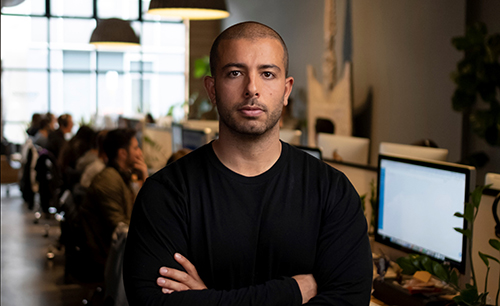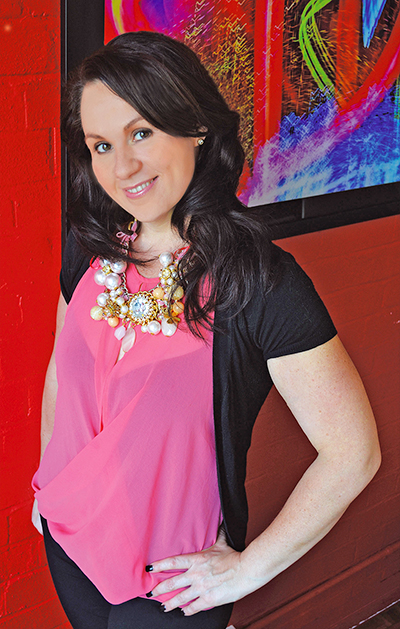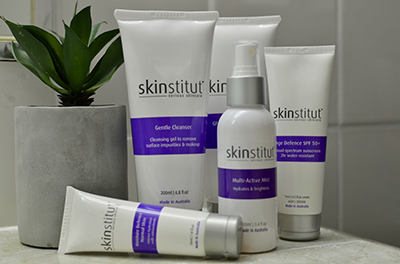How to turn strangers into satisfied paying customers
By Sabri Suby >>
MANY BUSINESSES go headfirst into ‘selling’ to potential customers at the first chance, which is just like asking a stranger to marry you.
Here is a proven strategy to turn more cold leads into warm, receptive potential customers:
Targeting the non-buying customer
Typically, only 3 percent of the market are actively buying, and all your competitors are already targeting them. By targeting the 97 percent of the market that are not yet active buyers you will be building a pipeline of untouched future customers.
Would you ask a stranger to marry you?
With advertising, the majority of the people that you're going to be advertising to don't know, like, or trust you – what we call ‘cold tinder traffic’. They’ve just Googled a search like ‘accountant Melbourne’. 
This is where 99 percent of businesses get it wrong. They approach their prospects with a full frontal assault.
No wining and no dining! They are walking into a bar and asking a stranger to marry them!
Businesses need to understand their ideal client. This goes beyond the usual demographics such as age and gender, you need to know what they think, feel, and what makes them tick.
Don’t expect someone to browse your website for two to three minutes and then make a purchase. You can’t expect to convert more than 1-5 percent of your leads unless you build trust first.
Offer value before you push your service
You need to effectively buy your potential customer a free drink – through knowing them and knowing what questions they are asking.
Then you can offer value.
Our proven method is to use e-books and free reports to package up a valuable piece of content and then give it to your potential customers to further educate them along their journey. You are giving them value well in advance before ever trying to move on to the sales conversation.
For example, ‘What are the 10 things I should take when I meet a new accountant?’ or ‘What are the three things you should ask a house builder?’.
This free value changes the dynamic between the potential client and your company – they get to know you and trust begins to build.
But don’t forget that your emails, reports and offers need to be 80 percent value and 20 percent pitch, so include a call to action. Anyone who exchanges their details for the report becomes a warm lead that you can then nurture.
Maximise your website
Don’t link your digital marketing to your home page. Leads will drop off as they do not immediately find what they are looking for.
Each report or marketing tool should go to a page that specifically answers the questions in the e-book or report so it addresses the potential customer’s needs.
Let the prospect get to know you. Tell them about how the business started, about the founder, why the company does what it does.
Don’t just brag about how great you are.
Nurture your prospect
You are building a relationship through regular, informative contact. You are answering your potential customer’s questions and building trust.
Then you can move to the next step which may be a free consultation. You are still offering value but you are taking the client on a ‘second date’.
The relationship can then develop all the way through to what we call ‘Netflix and chill’.
Convert
Once you have stood out through providing value, building trust and being an advocate for your customers you have already demonstrated to them where they should go when they are ready to buy. They understand your company and feel secure in purchasing from you.
Through these strategies you have the best chance of securing a satisfied, paying customer.
Sabri Suby is the founder of Australia’s fastest growing digital marketing agency, King Kong, and author of Sell Like Crazy. The book covers all facets of digital marketing and illustrates the path to success with real-life case studies where Sabri has used the exact same selling system to supercharge their business. Find out more at www.kingkong.com.au

 How to resolve AdBlock issue?
How to resolve AdBlock issue? 












